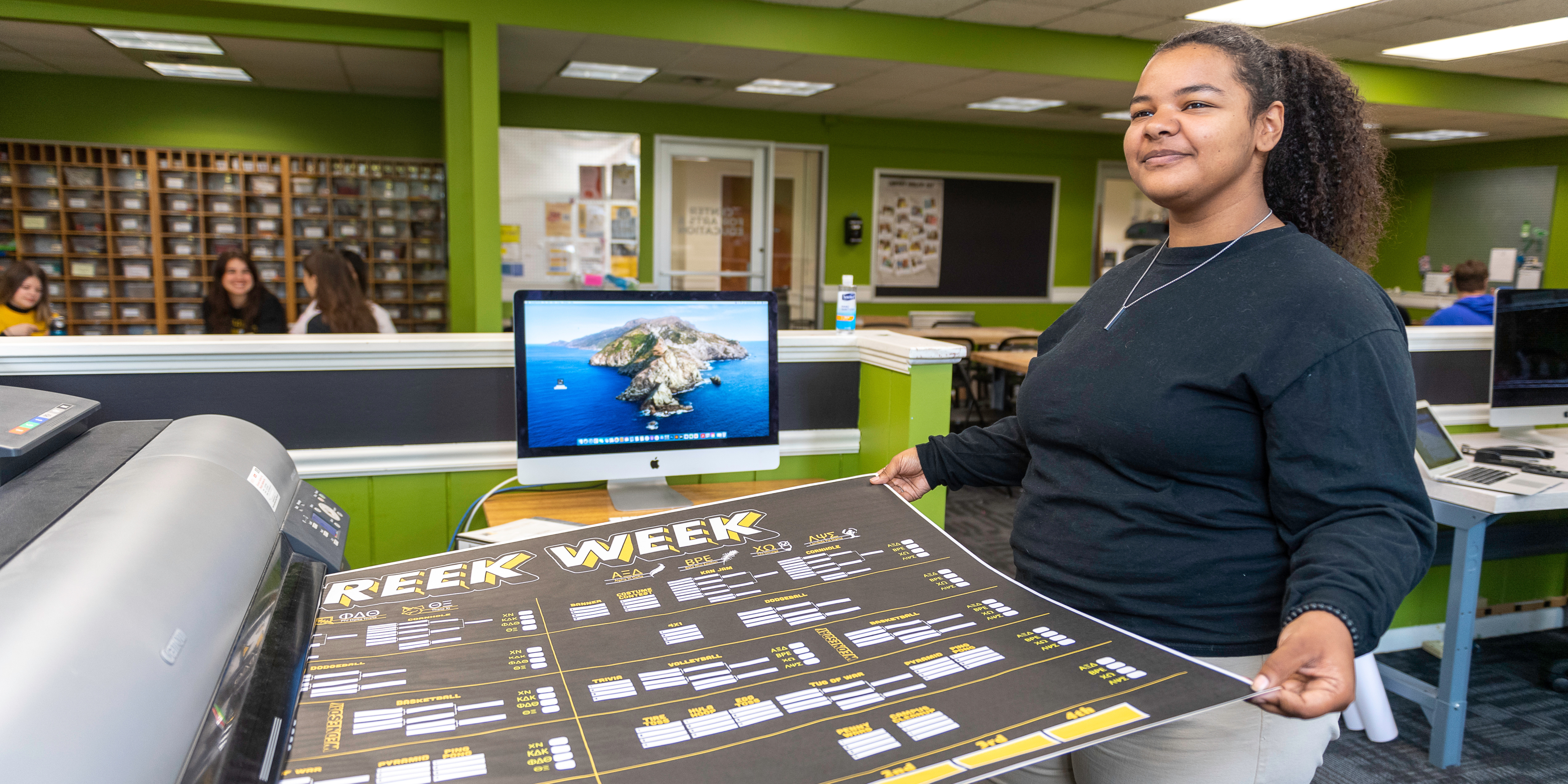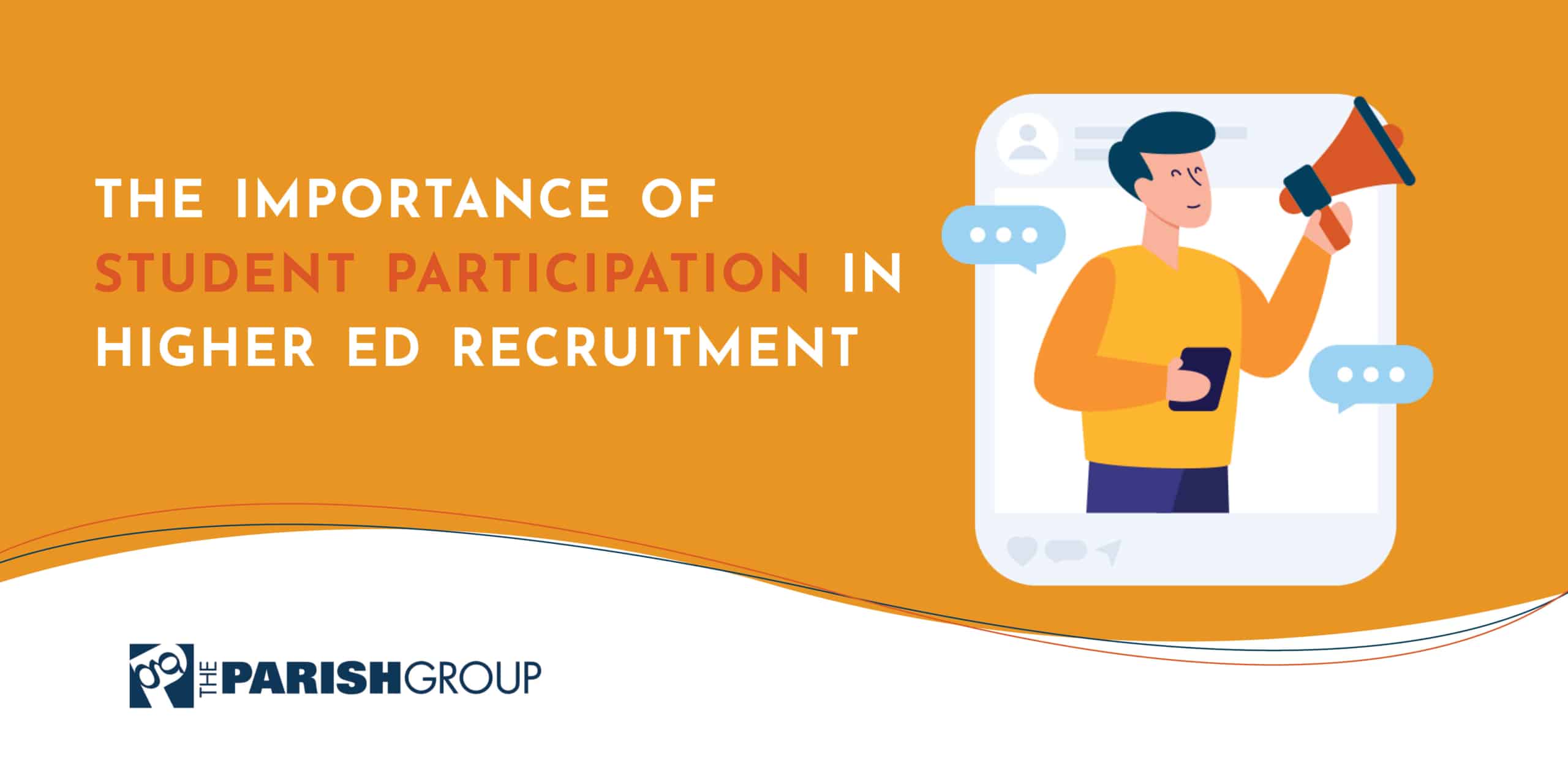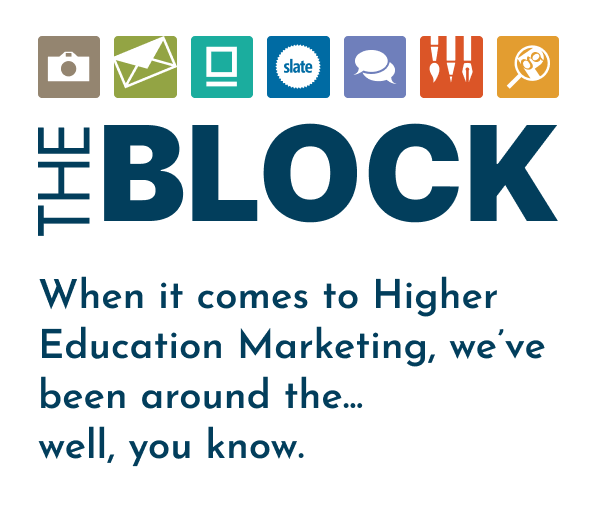
We know. If you’ve been listening to the news, you’ve heard it before: there’s plenty of demand, but not that much supply. The shortages of 2021 have become even more exacerbated with the arrival of the holiday season. Unfortunately, commercial paper is now on that list.
Creating comprehensive communication plans are essential in recruiting today’s students. Additionally, maintaining outreach with parents, alumni, and other parties requires an institution-wide communication strategy. Think of how many paper products universities use as a part of their community outreach. Brochures, view-books, alumni magazines, and even the envelopes we send these products in could all be affected by this paper shortage.
What the Numbers Tell Us About the Shortage
Bloomberg reports that more than over 5.5 million pounds of North American copy paper have gone offline since the start of the year. Paper prices swelled by 16% this summer due to the high cost of lumber in spring ($1,733.50 /1k board feet in May). On the bright side, September saw lumber prices decreasing to $638.80/1k board feet.
To get a better idea of what’s happening with the paper shortage and what caused this supply deficit, I reached out to Daniel Durand. He is the Sales Director of Advantage Direct, a printing company located in Arden, NC and a printing partner of The Parish Group.
The Recent History of Commercial Paper and Its Connection to Today
“In order to understand what’s happening now, we need to go back fifteen years,” says Durand.
After the turn of the millennium, the internet and internet users were growing. With everything going digital—from mail turning into email and books moving to eBooks (2007 marked the debut of the Kindle)—paper demand was in decline.
Paper manufacturers needed to redirect their focus towards a more profitable product. Enter cardboard.
Online shopping caused a boom in shipping, heightening the demand for cardboard (think of how much cardboard retail giant Amazon uses).
Production also noted that the older population was growing exponentially as baby boomers climbed into retirement age. Thus, some manufacturers focused on incontinence products as well as feminine hygiene and baby products, as those are typically steady in demand.
Further into the aughts, the EPA enacted legislation to crack down on wood pulp byproduct, nicknamed “black liquor”, and mills had a decision to make. Do they invest millions of dollars to be EPA compliant or take the cheaper route? Many did the latter, consolidating with larger companies or closing their doors altogether.
Things weren’t looking good for commercial paper, but the next decade threw a curveball.
Late 2010s and Paper’s Comeback
“Something surprising happened in 2018 and 2019. Paper demand was up, which left manufacturers scratching their heads. After a decade and a half of digital everything, people became nostalgic, craving something tangible in their hands,” says Durand.
Gen Z, whose schooling utilized online resources more than any other generation, saw printing as vintage and cool. Professionally, screen fatigue took its toll on office workers. Big picture: consumers were tired of email blasts and longed for the physicality of paper products.
However mills had diminished commercial print paper, stretching the limits of the supply and demand chain. Enter COVID.
COVID-19 and the Long Term Effects of the Pandemic on Supply and Demand
We don’t need to go into gritty detail to know that COVID caused a huge shutdown of multiple industries. “No one is making anything,” Durand remembers, “and rather than let paper machines sit idle at mills, companies began selling paper pulp to higher-demand trades such as packaging and tissue manufacturers.” (Remember the toilet paper apocalypse in April 2020?)
Once restrictions eased, domestic industries began to reopen. But laid-off workers weren’t returning with them. The transportation industry, responsible for moving deliverable goods, is one of the many sectors facing major staff shortages.
Internationally, economic tensions with China took their toll. In 2020, the United States imported 2.6 billion dollars worth of paper from China. The country was accustomed to unfairly dumping products on American markets at unreasonably low prices. U.S. legislation aimed to fix this problem; however, domestic markets weren’t ready to take on that level of demand.
“In the last three months, we’ve seen a 20% increase in price. Allocations of scarcity are usually short-lived, but we may need to brace ourselves for the long haul,” Durand notes.
While forecasts are up in the air, this paper shortage could last anywhere from the first half of 2022, if not through 2023. One silver lining is we’re most likely experiencing the worst of it now.
Looking Forward: What Higher Ed Institutions Should Expect and The Parish Group’s Strategy for Success
-
Adapt Your Preferences
Adaptation is key. Let’s say I’m a college or university wanting to send brochures for students to look at with their parents or guardians over winter break. I might need to adjust my expectations. Paper products that previously took three weeks now take six. Your first choice of commercial paper might not be available. So our first tip is to explore other paper options.
“Printing companies like Advantage Direct are inventorying papers we typically wouldn’t inventory, all with the potential for selling a more efficient option,” says Durand.
You don’t have to sacrifice quality to meet your deadline. Instead, do your research, be open to options, and react fast.
-
Use a Multichannel Approach
If this isn’t a viable option, individual communications can be moved to digital. Use a multi-pronged approach and don’t let a reliance on print drown you.
Utilize phone calls, in-person conversations, and keep active on social media. Develop a personal connection with the students you’re recruiting through one-on-one communications. Show the heart of your institution in a down-to-earth way.
-
Tap into Long-Term Partnerships & Plan Ahead
At The Parish Group, our relationship with paper and printing manufacturers spans 35 years. This connection not only keeps us informed, but ahead of the curve. We work with our client-partners to plan ahead and submit orders early. This way, we don’t have to forfeit quality.
All institutions must anticipate this issue if they are to combat it properly. The Parish Group is happy to discuss options and ways that we are circumventing this shortage. Give us a call at 828-505-3000 or email us at success@parishgroup.com.









